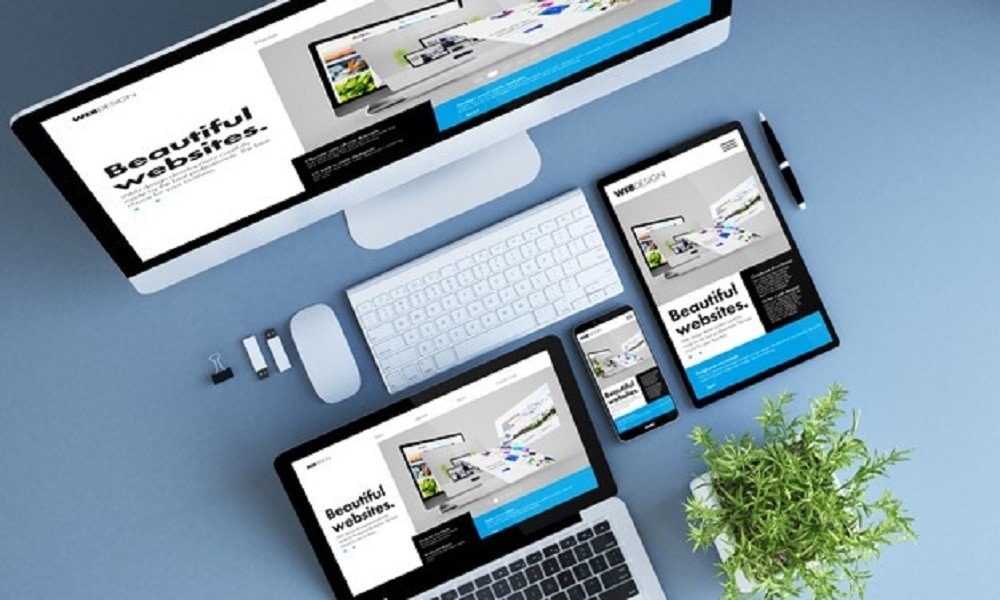Web design is an exciting and essential skill for anyone interested in creating a strong online presence. Whether you’re launching a personal blog, a business website, or an online portfolio, understanding the fundamentals of web design is crucial to building an attractive, functional, and user-friendly website. In this guide, we’ll break down the basics of web design for beginners and offer tips to help you create your first site, with a focus on user experience, design principles, and useful tools.
-
Understand the Basics of Web Design
Web design involves a combination of visual elements and technical expertise to create websites that are visually appealing, easy to navigate, and functional. Key aspects of web design include layout, color schemes, typography, images, and responsive design.
- Layout: The layout refers to how content is organized on the page. A clear and easy-to-follow layout enhances the user experience. Consider using grids to align elements and maintain consistency.
- Color Scheme: The colors you choose for your website impact how users perceive it. Choose a color palette that complements your brand and is easy on the eyes. Too many bright or contrasting colors can overwhelm the user.
- Typography: Select readable fonts that suit the tone of your website. Use no more than two or three fonts to maintain consistency.
-
Focus on User Experience (UX)
One of the most important aspects of web design is ensuring that your website provides a positive experience for visitors. This includes intuitive navigation, fast load times, and mobile optimization.
- Navigation: Users should easily find what they are looking for. Keep your navigation simple and ensure that menus are easy to access on every page.
- Mobile Optimization: With a growing number of users browsing on mobile devices, it’s crucial to make your website mobile friendly. Creative Canvas Website Design, for example, ensures that your site is designed with mobile users in mind, providing a seamless experience across all devices.
-
Choose the Right Tools and Platform
When starting out with web design, choosing the right tools is vital. Many beginner-friendly website builders make it easy to design professional-looking websites without any coding experience. Some of the most popular platforms include:
- WordPress: A versatile and widely used content management system (CMS) with themes and plugins that help you build customized websites.
- Wix: A drag-and-drop website builder that is perfect for beginners. Wix offers a variety of templates and an intuitive interface.
- Squarespace: Known for its stunning templates and easy-to-use design tools, Squarespace is a great platform for beginners looking to create a visually appealing website.
Alternatively, if you’re working with a professional design team, services like Creative Canvas Website Design can help bring your vision to life. Whether you need a personal blog or an e-commerce site, they can offer custom design solutions that align with your goals.
Web design is an evolving field that combines creativity and technical know-how. By focusing on layout, user experience, and responsive design, you can create a website that stands out and engages your audience. Whether you’re using a website builder or collaborating with experts like Creative Canvas Website Design, understanding the basics of web design will help you create a visually appealing and functional site. Remember to prioritize content and usability and keep testing to ensure your site provides a seamless experience for all visitors.










